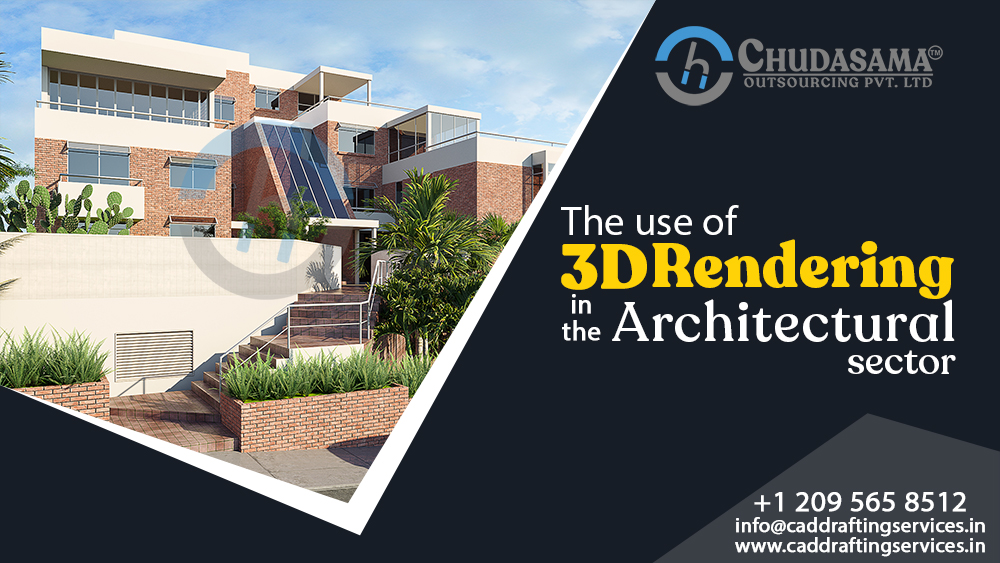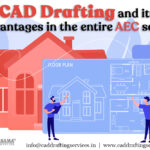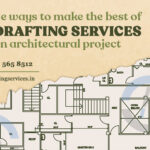3D rendering is a prominent technique used in architectural projects. It has been widely used by architects, designers and manufacturers all over the world. It has immense value for its users if the renderings are done aptly.
3D renderings have the ability to show an image of an object in a three-dimensional form. The rendering software is the one behind creating appealing and exciting rendered images. These images are made with creativity as well as a technicality so that they put forward complex design ideas easily.
The work of the rendering software is to use the inputs given by the 3D model and create an overall rendered 2D image. According to the demand of the clients, the rendered images can be made into an animated video as well.
The main aim of 3D rendering or architectural rendering is to enhance the visual experience for its clients. The images showcase the designs as it is. This enables the clients to have a proper look at how the final product can look like and make informed decisions on it.
With time, 3D rendering has been used in a variety of areas. It has shown great potential in providing the final owner with compelling imagery. By looking at the 2D graphical images, they get encouraged in buying the products.
The following are the areas where 3D rendering is used mostly:-
-
Architectural works:
With the use of 3D technology, the process of architectural design has been boosted in a lot of ways. 3D rendering became so popular in the architectural field not only due to its realistic visuals but also because of the accuracy it brings to the entire project. While discussing details with the clients it gets easy to communicate the ideas to them. This is the reason why it can be considered that the architecture industry has been the prime beneficiary of 3D renderings technology.
-
Interior designing:
Previously the interior designing industry relied on pen, paper, drawing sheets and boards. The emergence of 3D rendering changed that over time. With this 3D technology, the process has become an efficient one and also makes it a comparatively more manageable job. 3D rendering levels up the representation of the elements by giving them a visual effect. The use of animations is also getting very popular in interior designing works to give the clients a realistic look.
-
Real estate projects:
The real estate industry is another majorly benefitted area with the 3D rendered works. The rendered images have become highly efficient in marketing the property. The owners use them to make an appealing feel to their customers. The realistic imagery gives the customers a better idea and understanding of the property and can be a buying factor of it.
What are the benefits that 3D rendering provides?
- Accurate details of the project or product.
- Exemplary quality images with vivid details.
- Near perfect colour, material details and lighting effects of the space and component.
- Enhanced visual features that increase the virtual stimulation.
- Cuts down the production cost to a large extent.
- Helps the buyers to have an informed opinion.
With all that we have known about 3D rendering so far, it can be said that the rendered graphics has been a great technological asset to the architectural arena. It has proved itself of great capability for all its users. And also has been a popular marketing tool for architects and property owners. The prominence of rendering technology is a promising avenue for professionals to depend on. And with time as the architectural world is revolutionized, many other uses of 3D rendering is going to come into play.





Pingback: Architectural 3D Rendering Visualization Services – CAD Drafting Services